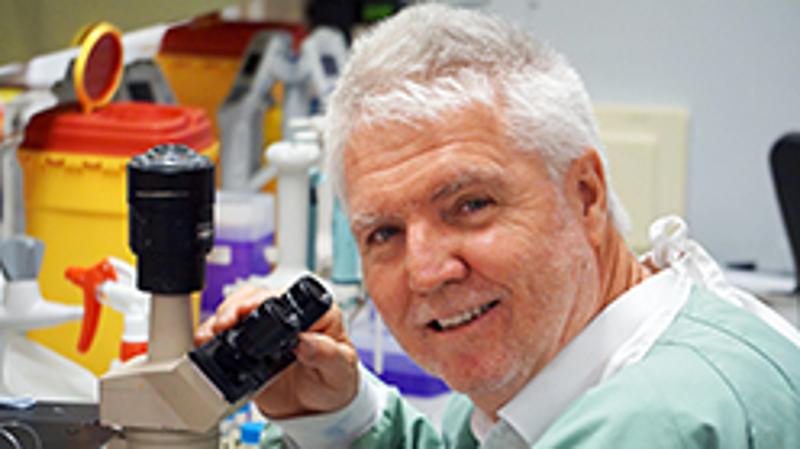
Breast cancer can be missed on mammograms because both tumours and areas of dense breast tissue are virtually indistinguishable, both appearing white and bright on the mammogram.
The density of breast tissue that shows up on mammograms, termed mammographic density (MD), indicates a higher risk of breast cancer.
“Extremely high” breast density is associated with a four-to-six fold high risk of breast cancer compared to very low breast density.
This poses medical questions but also legal ones for doctors, says Associate Professor Tina Cockburn from QUT’s Australian Centre for Health Law Research, who heads a team of QUT legal and medical researchers investigating legal issues around informing women of their breast density and the limitations of mammograms.
“In the US, some states have enacted legislation mandating that doctors inform women about their breast density and the health implications of MD, but there is debate about whether these laws are necessary and desirable,” said Professor Cockburn, who is working with biomedical scientists Professor Rik Thompson and Dr Honor Hugo from QUT’s Institute of Health and Biomedical Innovation and Professor Belinda Bennett and Tracey Carver from QUT’s Australian Centre for Health Law Research.
“In Australia, apart from general legal issues arising from missed breast cancer diagnoses, little research has been done on addressing the ethics, law and policy around MD research findings on the increased risk of cancer and risk of its being missed by mammogram.
“Women who are informed about their mammographic density status and the breast cancer risks can better understand the limitations, risks and benefits of breast screening and make health decisions.”
Professor Thompson said a growing body of medical knowledge on breast cancer risk associated with mammographic density, indicated that approximately 45 per cent of women were in the top two density categories, giving them a four to six fold increased risk of breast cancer in their lifetime.
“But when we add the masking effects of MD, the risk rises to a 17-fold increase in finding a breast cancer within a year of a negative mammogram,” Professor Thompson said.
“These findings have significant implications for breast screening and the use of mammograms as primary screening tools in population screening programs, hence the need for this research project.
“Mammograms are still the screening mechanism of choice, but women with higher mammographic density should understand that they are in a group that has a bigger risk of breast cancer, and that mammography may be missing some breast cancers.
“Although their risk is increased, it is important to note that not all women with high breast density will develop breast cancer, and research is ongoing to better determine those at the higher risk.
“As well as the molecular and cellular causes on mammographic density and the associated breast cancer risk, more research into the legal aspects of mammographic density is required, hence the need for this joint research project.”
Professor Cockburn said the team’s project aim was to assess the current legal and regulatory frameworks in Australia and internationally to inform policy on how best to regulate the communication of MD information to women to improve breast screening program’s effectiveness.
“Mandatory reporting legislation in 28 US states is not universally accepted as beneficial, because while we do know about the increased risk, there is no clear course of action that is proven,” she said.
“In many cases supplementary screening by ultrasound and MRI is undertaken, but these are also not perfect screening tools and can lead to false positives, where a biopsy may prove to be negative.”
The QUT research team is made up of Professor Cockburn, Professor Belinda Bennett and Tracey Carver from the QUT Australian Health Law Research Centre, and Professor Rik Thompson and Dr Honor Hugo from QUT’s Institute of Health and Biomedical Innovation.
The team will hold a forum early next year to seek input from a wide range of stakeholders, and would like to hear from interested parties, including women in the community, doctors, screening agencies, radiologists, geneticists, health economists, public health policy makers, and medical lawyers. To register interest, contact t.cockburn@qut.edu.au.
Media contacts:
Niki Widdowson, QUT Media, 07 3138 2999 or n.widdowson@qut.edu.au
After hours: Rose Trapnell, 0407 585 901 or media@qut.edu.au




